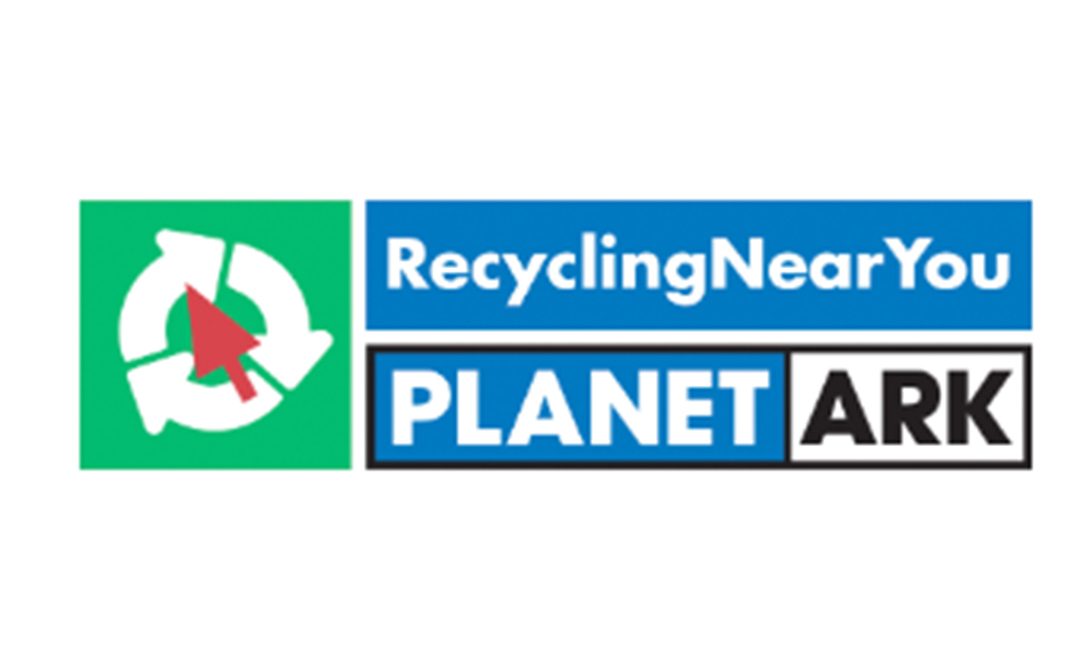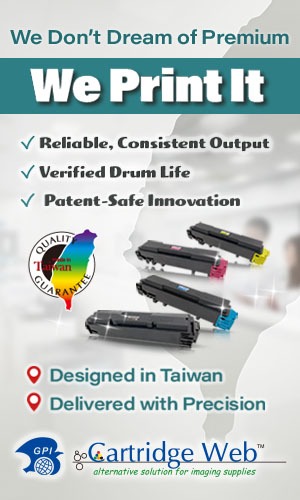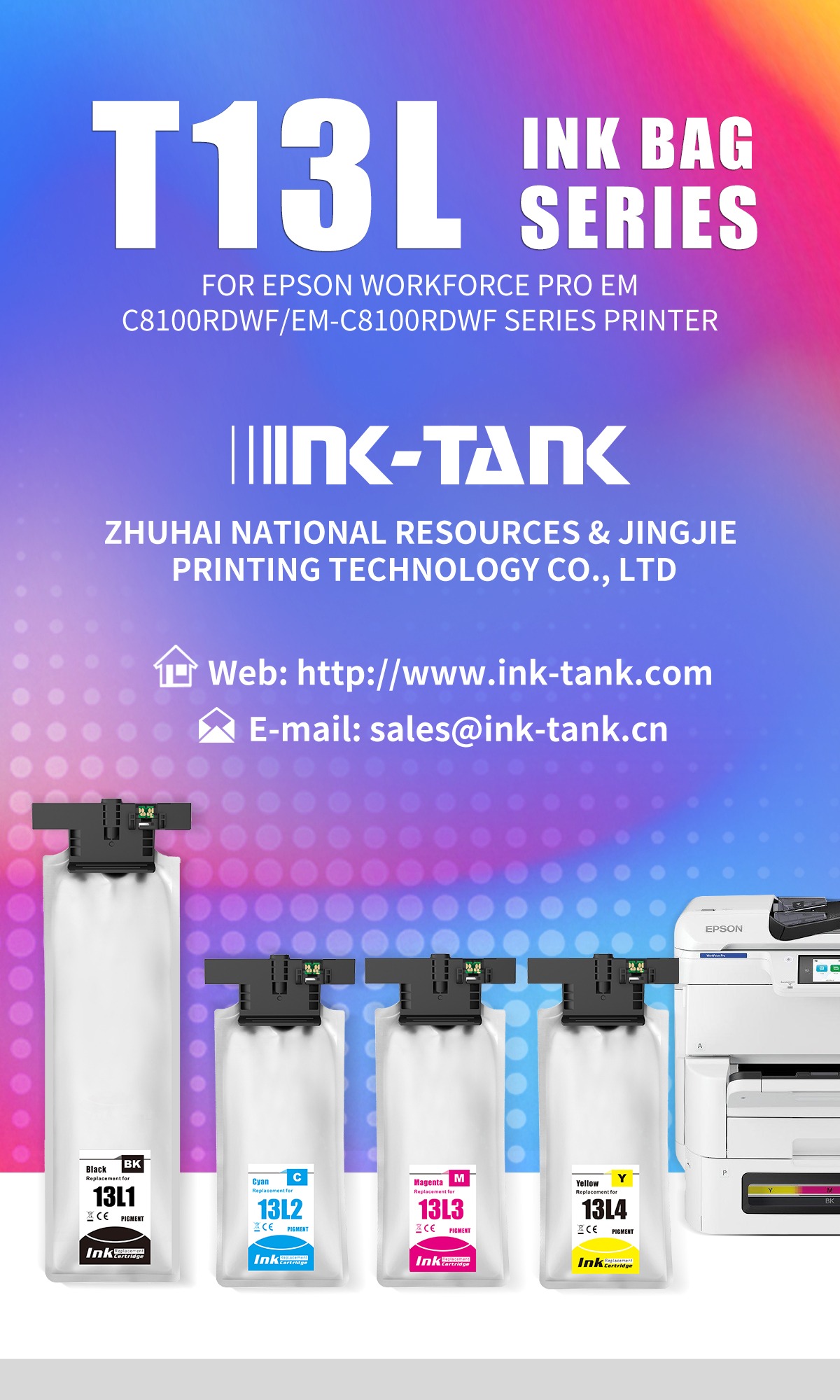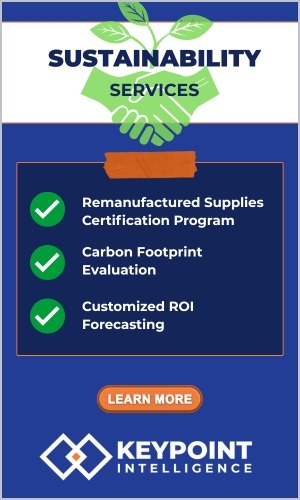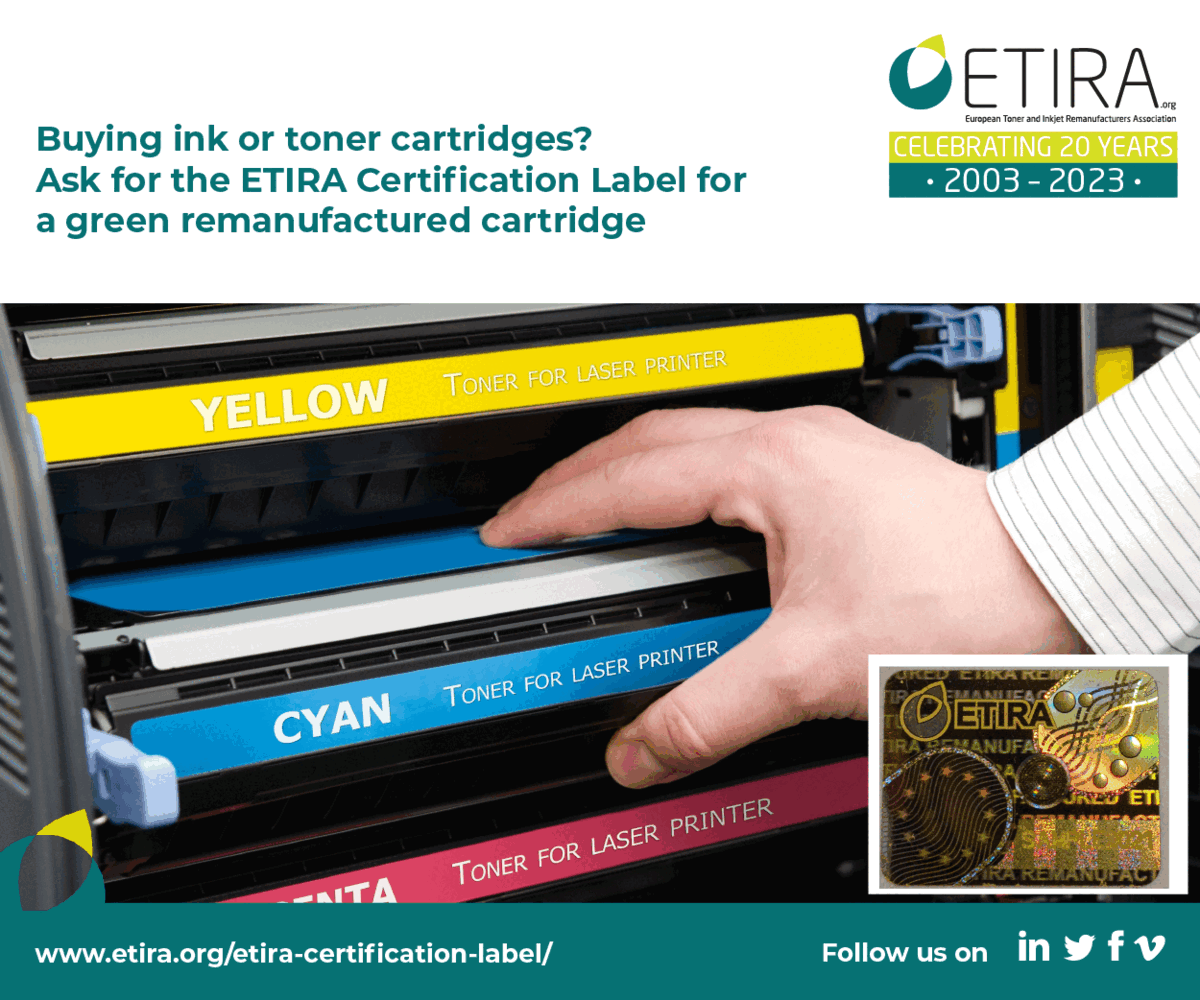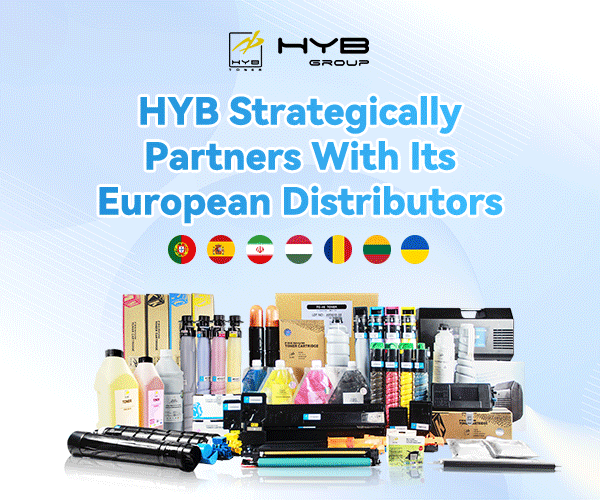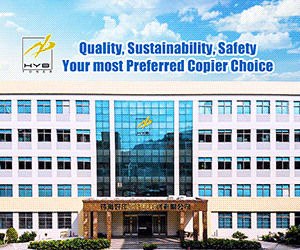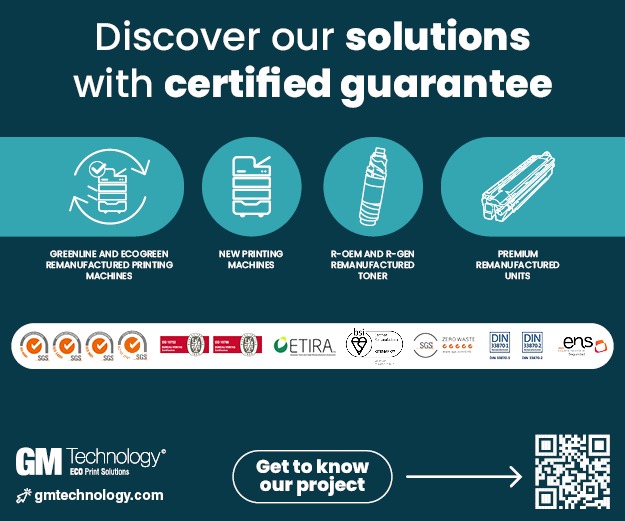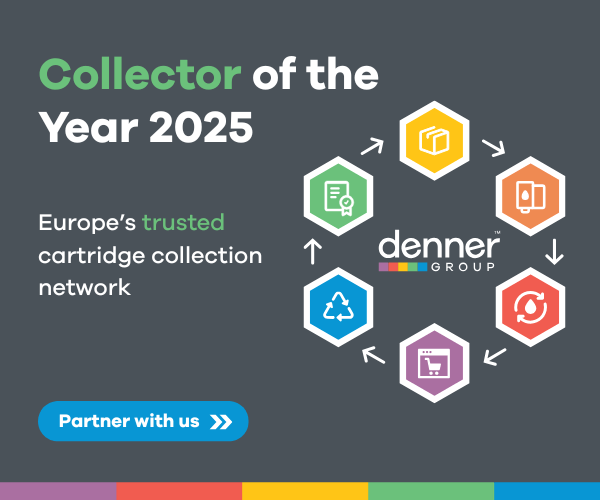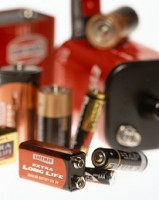 EU introduces clearer classifications to boost recycling rates.
EU introduces clearer classifications to boost recycling rates.
The EU has introduced new battery waste codes aimed at improving recycling and supporting the bloc’s circular economy targets.
The updated codes are part of ongoing efforts to bring waste classification in line with the new EU Battery Regulation, which came into force in 2023.
The new codes cover all battery types, including portable, industrial, and electric vehicle (EV) batteries. Specific attention is given to lithium-ion batteries used in e-bikes, scooters, and other emerging applications.
The goal is to improve waste traceability, reduce fire risks, and ensure more efficient collection and recycling.
According to the Commission, the new coding system “will help improve consistency in waste classification across Member States, reduce mislabelling, and ensure higher recovery of critical raw materials such as cobalt, lithium, and nickel.”
The revised system also makes a clearer distinction between hazardous and non-hazardous battery waste and is fully aligned with the EU’s List of Waste (LoW) codes.
Recyclers and producers must now update their handling and reporting systems to reflect the new codes. The changes are also consistent with other EU rules such as REACH and CLP.
The new classifications are expected to support Extended Producer Responsibility (EPR) schemes by improving data transparency and helping authorities monitor compliance.
They also lay the groundwork for digital battery passports and tracking systems, expected in the coming years as battery volumes continue to rise.
With more lithium-ion batteries entering the waste stream, especially from mobility applications, clearer classification is also expected to reduce fire hazards during collection, transport, and storage.
TG, our tech guy, notes:
“Most people don’t think of batteries when it comes to printers, but they’re in plenty of kit – think portable label printers, barcode scanners, or the handheld gear our engineers use on site. These new rules mean that if there’s a lithium cell tucked inside a device, it has to be accounted for. If you’re handling returns or doing hardware swaps, you’ll need to think battery – not just box. Otherwise, you could be falling foul of WEEE or LoW codes without even realising it.”



